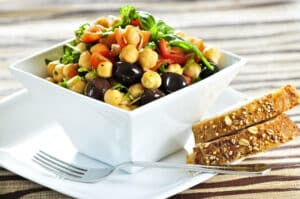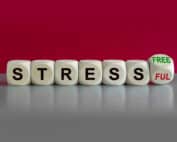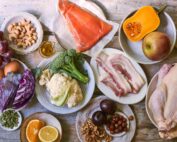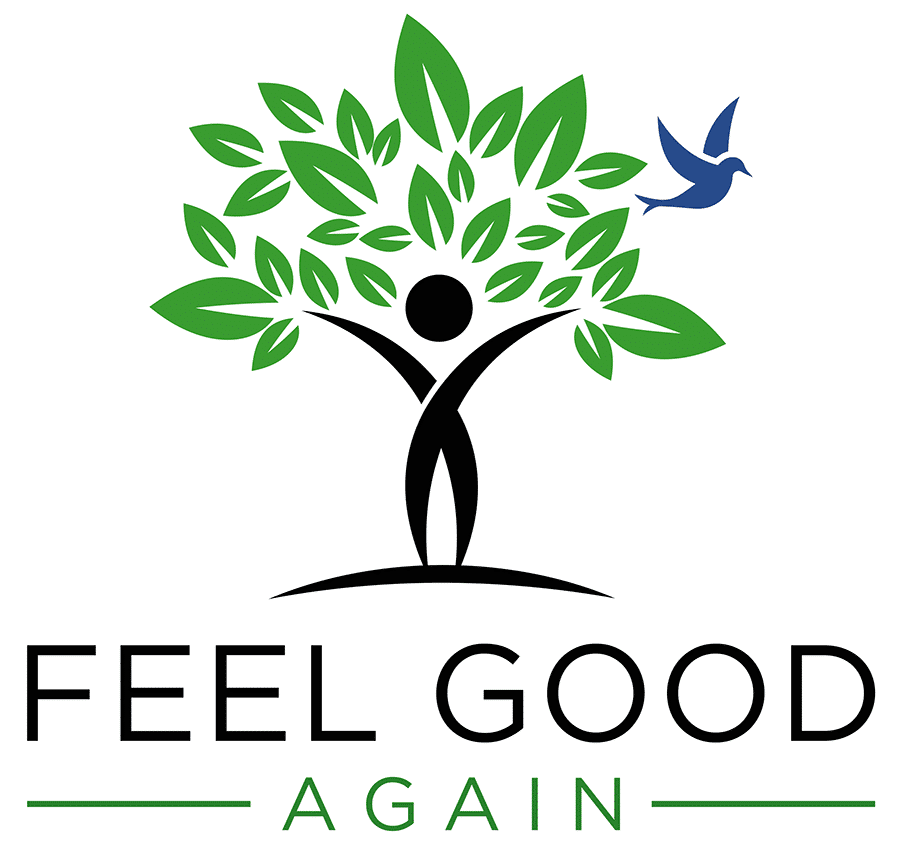 Of all the weight loss plans that exists, one of the healthiest is the vegetarian weight loss plan. Weight loss comes fairly easy when your plate is full of fruits, vegetables, healthy grains, and lentils. A plant based diet is the best for cancer prevention. However if you are sensitive to grains, gluten or beans, you may need to make modifications.
Of all the weight loss plans that exists, one of the healthiest is the vegetarian weight loss plan. Weight loss comes fairly easy when your plate is full of fruits, vegetables, healthy grains, and lentils. A plant based diet is the best for cancer prevention. However if you are sensitive to grains, gluten or beans, you may need to make modifications.
The theory behind the vegetarian weight loss plan is simple. Don’t think of it was avoiding meat and other foods you may enjoy. Think of it like this: “Cut out high-fat, low-fiber foods and replace them with high-fiber, low fat foods.” The process is simple once you get the hang of it. This post will give you the information you need to help get you started.
I understand that the idea of a lifestyle change, such as a new diet, can seem a bit overwhelming. That’s why I recommend you try the suggested approach for just three weeks to start with. That should be enough time to get acquainted with the diet and the potential benefits you could experience from following it. Of course, this comes with the caveat that the diet needs to be followed 100% for the three week period.
Before starting the diet, you need to get a few things in place. First, record your starting weight. Next, keep track of what you’re eating by starting a food journal. Record not only what you ate, but how you felt after eating it. With that in place now you’re ready to learn more about the diet.
Three-Week Vegetarian Weight Loss Plan
Your food groups have changed. When following a vegetarian weight loss plan, the new food groups are: grains, legumes, vegetables, and fruit. To meet your nutrient needs, your daily needs will be:
- 4 servings of grains – may need to be gluten free
- 3 servings of legumes- if difficult to digest, try Beano
- 8 servings of vegetables
- 3 servings of fruit
Here is a sample plan that can be followed taking into account the daily needs listed above:
Grains
A serving is equal to half a cup cooked grain (like oatmeal or pasta), 1 oz. of dry cereal (usually ¾ cup to 1 cup), one slice of bread, or half a pita bread or tortilla. Use gluten free product if sensitive to gluten.
Legumes
A serving is equal to a half-cup of cooked beans, half-cup of low-fat bean spread, 1 cup low-fat soy milk, or 1 oz. of veggie meat substitute.
Vegetables
A serving of vegetables is a half-cup cooked or 1 cup raw. Eat as many servings as you want from this group throughout the day, just stay away from fatty dips and dressings. At least 1 serving should be a calcium-rich, dark leafy green, such as broccoli, kale, or collards.
Fruit
A serving is a half-cup chopped or one small piece of fruit. Aim for low-calorie, high-nutrition fruits like berries, kiwis, mangoes, peaches, plums, oranges, and grapefruit.
If this doesn’t sound like enough at first, try adding extra servings of vegetables and legumes. If you’re struggling to fit all of these servings into your day, try cutting out a serving or two from the grain category.
You can do this, I know you can. For help, support, or a bit of motivation, contact me to schedule a consultation.





She is a recognized and award-winning holistic, functional, integrative and anti-aging healthcare practitioner, speaker and author, and has been featured in ABC News, Forbes, WOR Radio and many media outlets to spread the word that you can live younger and healthier at any age.